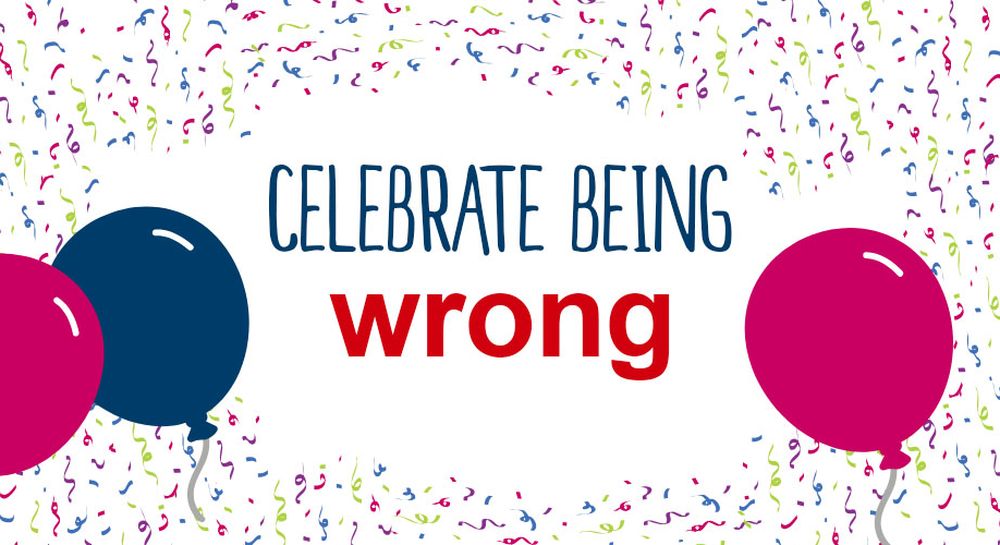A celebration of getting things wrong
Find out what new system updates can help you to celebrate incorrect answers in the classroom.

“This truly harnesses the power of the wrong answer.” Kim Bearden, US Teacher Hall of Fame and co-founder of The Ron Clark Academy
It’s fairly common knowledge in the education world that getting things wrong is a pretty integral part of the learning process, but that doesn’t stop pupils being afraid of it. Far from being another article about how to create the perfect classroom environment for inaccuracies and #fail(s), we’d like to show you how you can use wrong answers as discussion points in your lessons.
Using a common misconception to teach
Learning by Questions has a team of teachers who think really carefully about each and every possible misconception that could arise from each question they write. They use their years of experience in the classroom to then write individualised feedback to tackle the misconception. Take the following questions from Using a Variety of Homophones and Near Homophones,
Which homophone completes the sentence?
The Lost Boys came out of ______ house to greet the children.
Inevitably, some pupils will type in ‘there’. LbQ will provide feedback for the pupil, but what if many of your pupils put in the same incorrect answer? Take the opportunity to teach there, their and they’re and celebrate the conquering of one of the most difficult homophones in existence.
Using wrong calculations to teach
Sometimes just an incorrect answer isn’t enough for discussion, especially in maths. If a student can explain how they came to the incorrect answer, you (and their peers) are more likely to pick up on where they went wrong - the misconception. It’s also possible to use their workings out to show what they have found, rather than what they got incorrect. By discussing the miscalculations in such detail, pupils can start making connections between what was found and what they actually wanted to find.
Building on wrong answers to teach
It can be very tempting as educators to move on from incorrect answers provided by pupils in order to find the correct answer from the class. Instead of moving quickly from one wrong answer to another until you find the diamond right answer, when a pupil has given an incorrect answer, pose to the class, “does anyone want to challenge their answer?” Encourage pupils to not only provide the correct answer, but also to provide a reasoned explanation as to why the previous answer was wrong. Exploring incorrect answers in this way will ensure more complex thinking skills and discussion points for all the pupils in your class.
Using correct answers to teach
Okay, okay. It’s a celebration of all things wrong, but don’t ever forget the learning opportunities that can come with correct answers. Whether you use the students as ‘experts’ to post around the classroom and explain how they came to their answer, or you have a whole discussion where the pupil guides them through their learning journey to the correct answer, great learning can also come from correct answers too.
Using the wrong answers on LbQ to teach
The Learning by Questions team love to see orange on the teacher matrix; it means that children have got something wrong, and have then been able to use the feedback provided to get the answer right: learning.

They also love to see a teacher using the ‘skyline’ (question result summary, see image below) along the top to guide their interventions.
If a question appears orange, it could be an indication to pause the session and take a look at some of those wrong answers with the class. You can now scroll through incorrect answers by question or student much more easily, using our most recent update to the system (see below).

We hope you find using this new feature a lot easier, and happy celebrating those wrong answers!